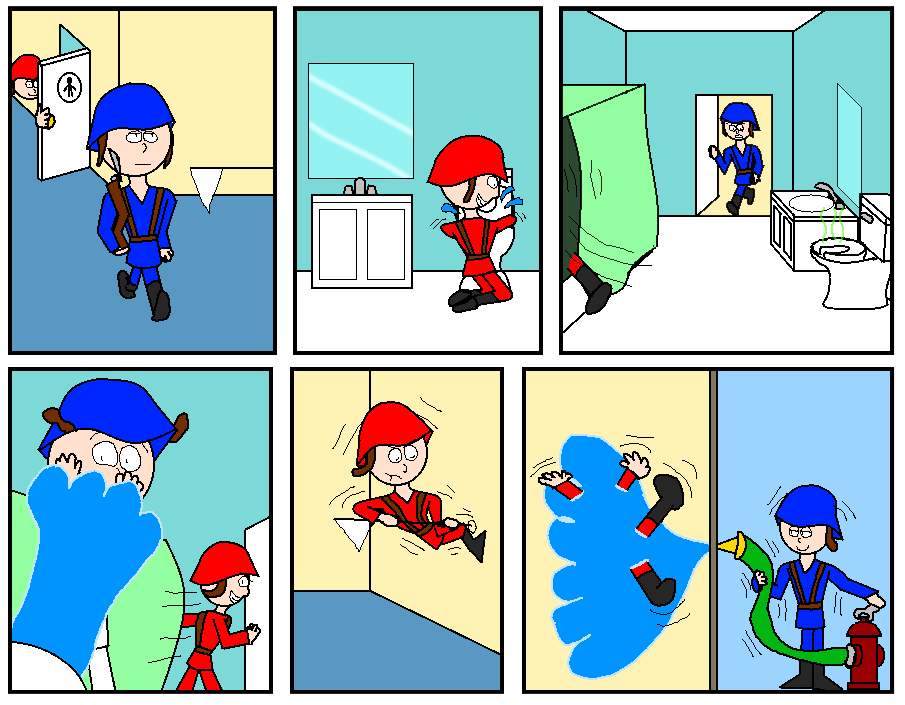

That is- as long as you spend non-trivial time in a browser, it's more efficient to do Linux-Inside-Chrome than Chrome-Running-Inside-Linux. Those things being true, it makes more sense from a performance standpoint to use Linux from within Chrome than the other way around. Add to that the fact that I open and close that Chromebook at will with the browser in nearly any state, and it never got hot, crashed, or failed to come back up when I reopened it. That makes me think I've gotten used to a fairly high floor of latency on my Linux machines.Īdd to that the long battery life while browsing in Chrome. It's as if there's some ahead-of-time trick that utilizes the camera to guess my impending trackpad click or keystroke. I speculate without measuring because switching browser tabs on that Chromebook feels uncanny. That includes this Dell XPS laptop running Ubuntu, which is fast and well-supported with firmware. That said, understand that flags can improve your browsing experience using Chrome or make it worse, more truncated and buggy (as with any experimental feature). But they can also be a good tasting of what’s to come.I didn't measure it, but switching tabs in an Asus C201 Chromebook sure seemed to have a much lower latency than tab switching (or clicking on a different app in a menubar) for any Linux distro I've ever used on any piece of hardware. The History API allowed to consult and modify the user’s browsing history and the Process API allowed access to information about Chrome: IDs and CPU usage . Needless to say, they are no longer experimental and are now supported.Ĭhrome flags are experimental features that need to be kept in a place where they will not be accidentally activated by onlookers. They are accessible in a specific browser drawer (just type chrome://flags ). Some can help a lot on a daily basis, but it is good not to depend on these experimental APIs to make your navigation feasible – because they can disappear and change entirely. The idea is that we can add new APIs to the platform that may not be ready for “prime time”. This allows you to use these APIs and give us feedback before they are finalized ”, he said. At the time, there were only two experimental APIs: and, in the channel for devs. In 2010, a Chromium blogpost toasted the news. “You may have noticed this already, but now we have some APIs that we are referring to as experimental.


 0 kommentar(er)
0 kommentar(er)
